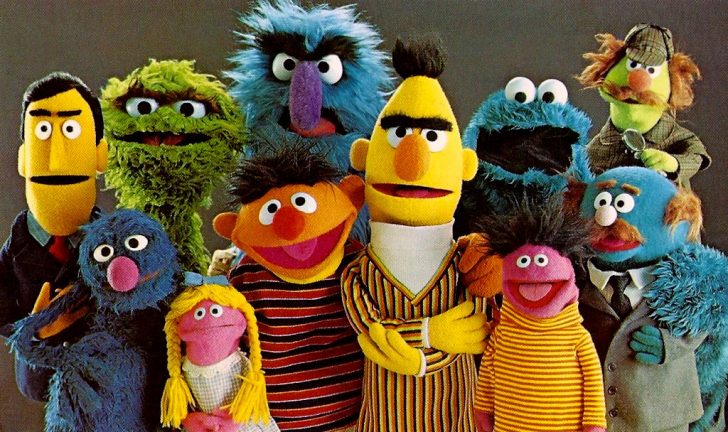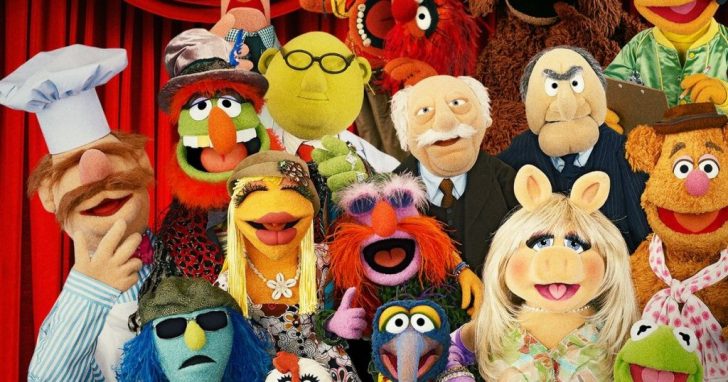When we think of “The Muppets,” vibrant characters like Kermit the Frog, Miss Piggy, and Fozzie Bear spring to mind, but have you ever wondered about the behind-the-scenes magic of the ABC sitcom?
The charm, humor, and life of these iconic characters have captivated audiences for decades. But what truly goes on behind the curtain is equally fascinating.
The Epitome of Jim Henson’s Vision
The story behind the scene of “The Muppets” begins with Jim Henson, a visionary puppeteer who introduced the world to these lovable characters in the 1950s. Henson didn’t just create puppets. He crafted an entire universe filled with joy, laughter, and important life lessons.
Henson’s early work started on a local television program called “Sam and Friends,” where Kermit the Frog made his first appearance, though not yet in his iconic green form. The simplicity and appeal of Henson’s creations quickly resonated with audiences. By the 1960s, “The Muppets” had become a household name, appearing on various television shows and commercials, setting the stage for what would become a global phenomenon.
How Did the Characters Come to Life?
Understanding the magic behind the scenes of “The Muppets” requires a closer look at the art of puppetry. Muppets are primarily operated in two basic ways: Hand-rod puppets and full-body puppets. The hand-rod puppets are perhaps the most recognized.
With these Muppets, the puppeteer’s right hand fits into the Muppet’s head, controlling mouth movements and facial expressions. Simultaneously, the puppeteer’s left hand manipulates the Muppet’s arms with rods. This allows the character to gesture and interact with its environment.

Full-body Muppets, such as Big Bird from “Sesame Street,” another Henson creation, operate differently. These characters are worn by the puppeteer, who steps inside the costume to control the Muppet’s movements.
The Moral Heart of “The Muppets” Is Creating a Family
Behind the scenes, the show was never just about entertaining – it carried a strong moral worldview. The Muppets emphasized the importance of family, love, and support. Whether it was Kermit trying to keep the gang together or Miss Piggy’s unyielding pursuit of love, the underlying message was clear: everyone needs a place where they belong.
The show often depicted the Muppets as a quirky, dysfunctional family, yet they always found a way to support one another through thick and thin. This sense of belonging and acceptance resonated deeply with audiences. Thus, this makes the show not just a source of entertainment but a reflection of universal human values.
The Technical Innovations
The work behind the scenes of “The Muppets” didn’t just involve creativity. It also required significant technical innovation. Jim Henson always pushed the boundaries of what puppetry could achieve on television and in film. One of the most revolutionary techniques introduced was the use of monitors during performances.

This feedback loop enabled more precise movements and interactions, giving the Muppets their signature lifelike quality.
Another fascinating innovation was the use of animatronics in the later Muppet productions. Characters like Rizzo the Rat and the Swedish Chef required more complex movements, which were achieved through a combination of traditional puppetry and remote-controlled devices.
Behind the Scenes of “The Muppets”
Diving deeper into the behind-the-scenes of “The Muppets,” there are plenty of intriguing facts that even the biggest fans might not know. For instance, did you know that Kermit the Frog was originally made from an old coat of Henson’s mother? This simple green material was transformed into one of the most iconic characters in television history, showing how creativity can turn ordinary items into something extraordinary.
Another fun fact is that the term “Muppet” itself is a blend of “marionette” and “puppet,” though Henson later admitted that he just liked the sound of the word. This playful attitude toward language and creation is a hallmark of the Muppets’ spirit, reflecting the joy and imagination that Henson brought to all his work.





